Shaun Gladwell
MADDESTMAXIMVS: Planet & Stars Sequence
5 June–31 July 20105 Jun–31 Jul 2010
Shaun Gladwell is known for his videos of people engaged in acts of physical virtuosity. His subjects—himself and others—have typically been practitioners of urban subcultures, like skateboarding, BMX-bike riding, break-dancing, and capoeira. Gladwell slows down the action to allow us to analyse it. Suggesting a meditative state for performer and viewer, his videos attend to the body (its weight, its flexibility, its centre of gravity) but also suggest transcendence. His MADDESTMAXIMVS: Planet & Stars Sequence was created as Australia’s contribution to the 2009 Venice Biennale.
In MADDESTMAXIMVS, Gladwell’s multi-screen work Centred Pataphysical Suite finds various performers continually spinning on the spot. Alongside, his Endoscopic Vanitas—a video camera within a rotating human skull—presents a live-feed, surveying of the space of the mind. In juxtaposing these works, Gladwell makes a deft analogy between turning in the world and turning in our heads, contrasting the abstractness of thought with the fragile materiality which facilitates it.
The heart of MADDESTMAXIMVS is a set of videos shot in the Australian outback. In Planet & Stars Sequence: Barrier Highway, Gladwell spray-paints scenes of the cosmos, then paints them out, negating them. In Interceptor Surf Sequence, he ‘surfs’ into the horizon on top of a black V8 Interceptor, in the manner of wing-walkers of old. In Apologies 1-6, he arrives on a motorcycle, to tend to kangaroos killed on the road, gently carrying them off for burial. The title could be a veiled reference to The Apology to Indigenous people. These deeply romantic works are haunted, not only by Australian film actors Mel Gibson (Mad Max) and Russell Crowe (Maximus in Gladiator) but also by art history: Leonardo’s Vitruvian man, Sydney Nolan’s helmeted Ned Kelly, and Joseph Beuys (How to Explain Pictures to a Dead Hare).
While extremely contemporary in its format, MADDESTMAXIMVS is steeped in art history, and revisits a nationalism associated with a previous period of Australian art and the old archetype of the hero exiled to the wilderness. It is unclear what level of investment or irony prevails. Gladwell puts a brave new spin on existentialist big-themes.















